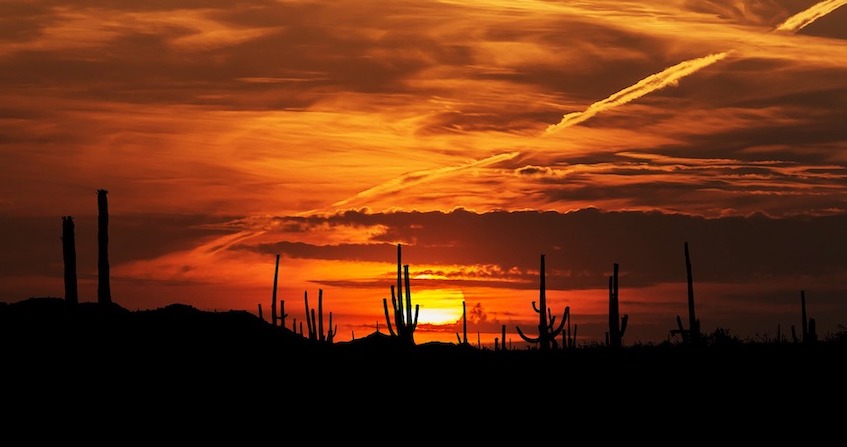A. Gorilla
Omono
Panic.
Bless you don’t panic , just straight transplantPanic.
I was told by the expert in Fl that it should go in a larger pot for now and then be repotted in winter. I knew deciduous trees get repotted in winter here in Florida. Am going to make some notes and ask him about some of the suggestions/opinions offered here and see what he says. Doesn't mean someone else is right and someone else is wrong...It's another opinion.
He also offered to help me repot my BRT now. I didn't know that summer was the time to repot them in Florida so am glad he offered. I think the BRT came from the same person and so it's probably root bound and needs to be repotted too.
Thank you again.
@Brian You said that trees slow transpiration rates when it's really hot. That is counterintuitive. Does anyone know why? Is this the tree trying to retain water based on their own internal 'intelligence' or something else? Do you agree that I should aerate the root ball with something sharp?
You said that trees slow transpiration rates when it's really hot. That is counterintuitive. Does anyone know why? Is this the tree trying to retain water based on their own internal 'intelligence' or something else? Do you agree that I should aerate the root ball with something sharp?

 www.encyclopedie-environnement.org
www.encyclopedie-environnement.org
Seriously. Do you have a problem with logic?seriously?
I repotted a terribly rootbound BRT a couple of weeks ago, it's very happy now.BRT are tropical and summer is the best time to repot them along with ficus
Absolutely can love a tree to death or close to it. Great advice, not too many consider this an optionRepotting now would be a mistake and an unnecessary risk. There is a right season for all work and you‘ll be more successful if you stick to it.
Watch soil moisture as you are and water when it’s getting dry. The days it rains in the afternoon for 15 minutes is probably enough for the day and not too much to drown the roots. Trees slow transpiration rates when it’s really hot, so they consume less water. It’s counterintuitive but true.
What you really need is a few more trees to fuss over so you aren’t loving this one to death.
.
I recently learned that in Florida BRT's are repotted in summer. I hadn't known that. I'll share why when I find out.
I've seem them repotted in spring, so I didn't realize they're repotted in summer too.I am in NY and we repot BRT in summer as well.
Pretty much everyone repots BRT in summer.
The reason BRT and other tropicals are repotted in summer (as opposed to spring time for most trees) is because it is when they are actively growing and recovery is faster/better for them then.
Making sure the drainage holes are clear is my first thought.I'm willing to concede that Central FL is a bit different than where I'm at, but I would caution against full-on repotting a trident now. Particularly one that's shown any sign of weakness. I'd make sure the drainage holes are clear, then penetrate the rootball as mentioned above. Limp thru the rest of this year and give it a proper repot next spring.
(I've heard of folks repotting trident in early Summer, but it involves defoliating the tree. With any other option on the table, its not something I'd recommend.)
I don't need to do that since I slip potted it today.Making sure the drainage holes are clear is my first thought.
My second would be to use the trick mentioned of probing the root ball from the soil surface with a sharp object. I keep a dull Ice pick in the tool bag for that purpose. Enlarging the hole made with the probe is a good idea. Just be careful of the number of times and the force you use. After all we don't want to injure the roots.
I'll dispute a bit of this -just the part that it is only 'tropicals'..The reason BRT and other tropicals are repotted in summer (as opposed to spring time for most trees) is because it is when they are actively growing and recovery is faster/better for them then.
I'll dispute a bit of this -just the part that it is only 'tropicals'..
All tropicals have a thick cuticle/waxy leaf that means water loss is effectively controlled by the leaf stomata.
New spring growth (foliage) is highly productive (both carbohydrate and auxin production).
When there is no extension growth, water demands (root support) are low. This means they have a high capacity for root (re-)growth
Many, many species are identical in this sense*, and can be repotted now or sometime during the summer (a couple of weeks after the summer solstice through at least the time of the subsequent equinox).
Tropicals are just species with no capacity to survive freezing temperatures, though there may be other distinguishing characteristics such as CAM/C4 photosynthesis (as opposed to C3) that are not pertinent to root growth capacity.
*single flush pines, spruce (picea), fir (abies), pseudotsuga, tsuga, thuja, chamaecyparis, cedar (cedrus), podocarpus, box (buxus), azalea, rhododendron, chaenomeles, ulmus, zelkova, quercus suber (if not all quercus), rose, camellia, cotoneaster, pyracantha, ilex, and probably more .
